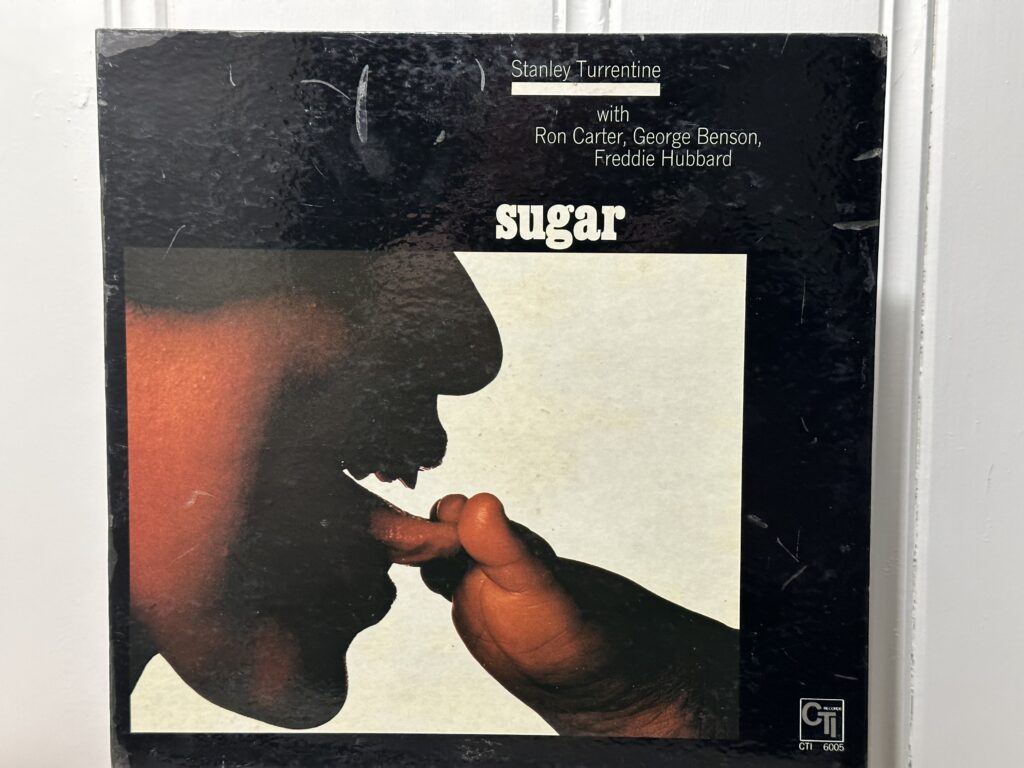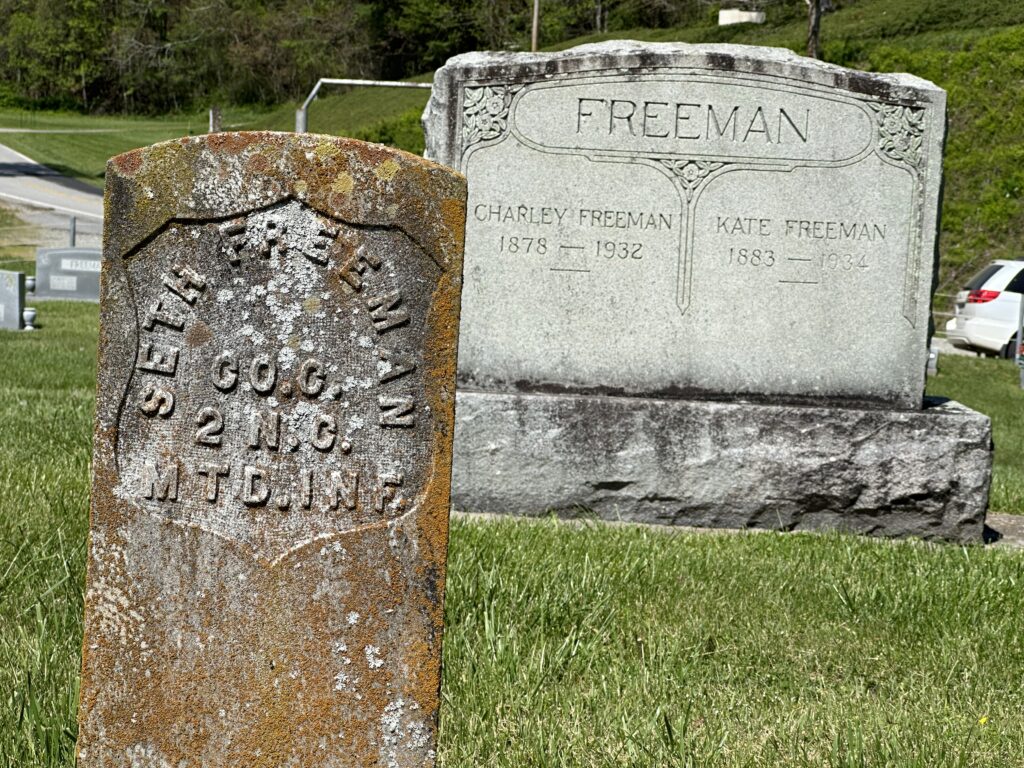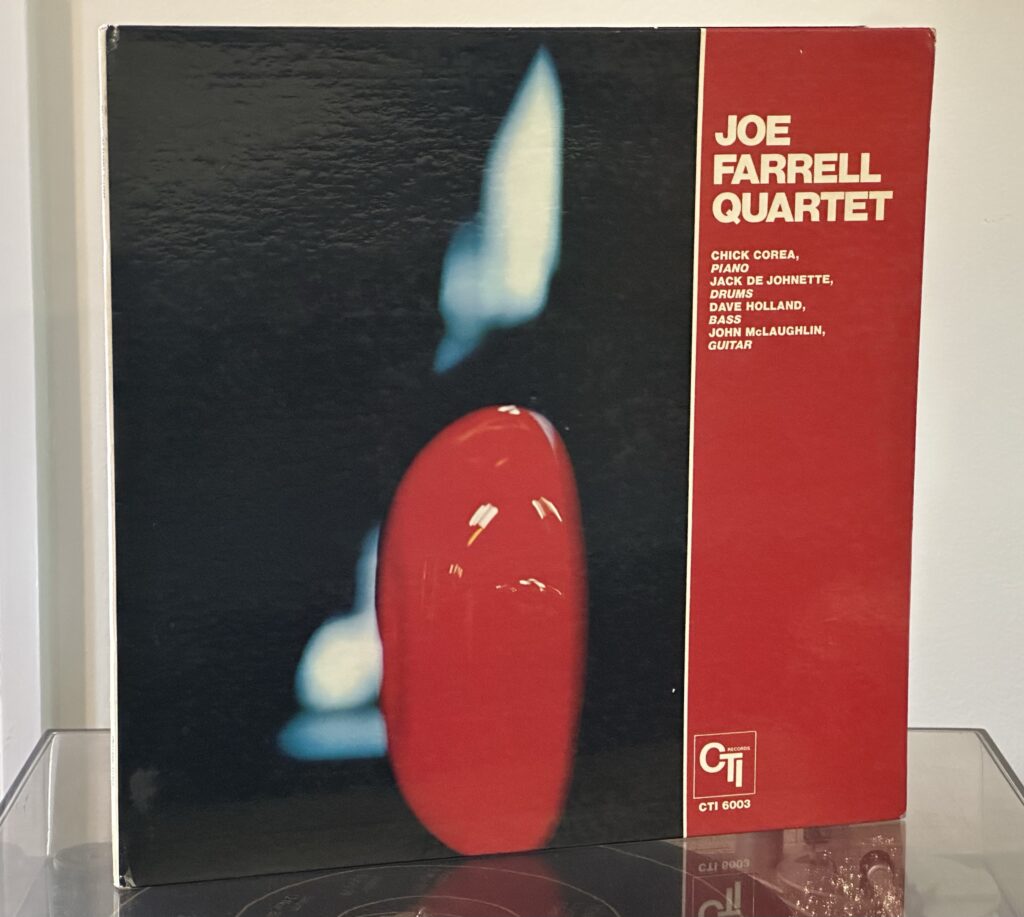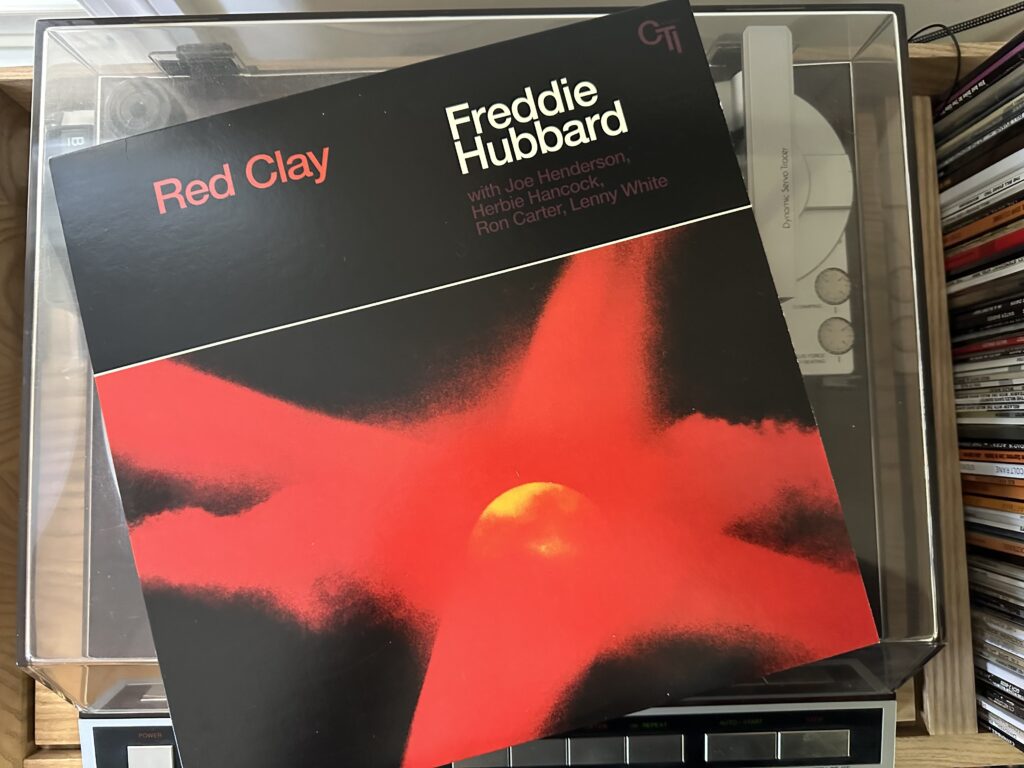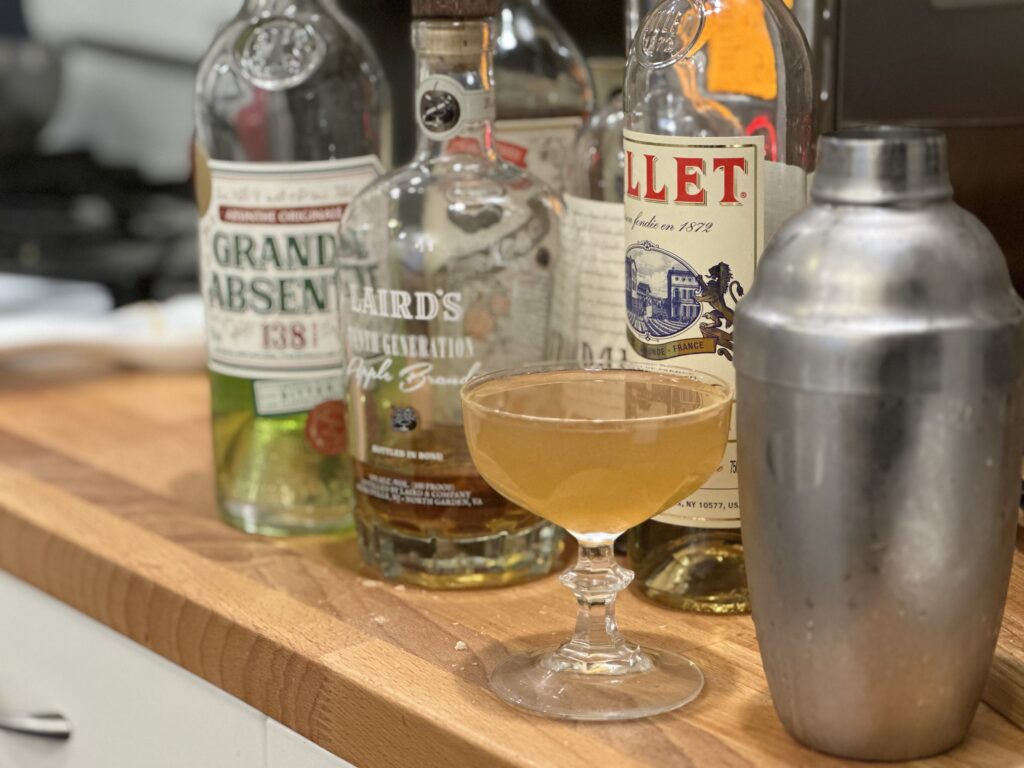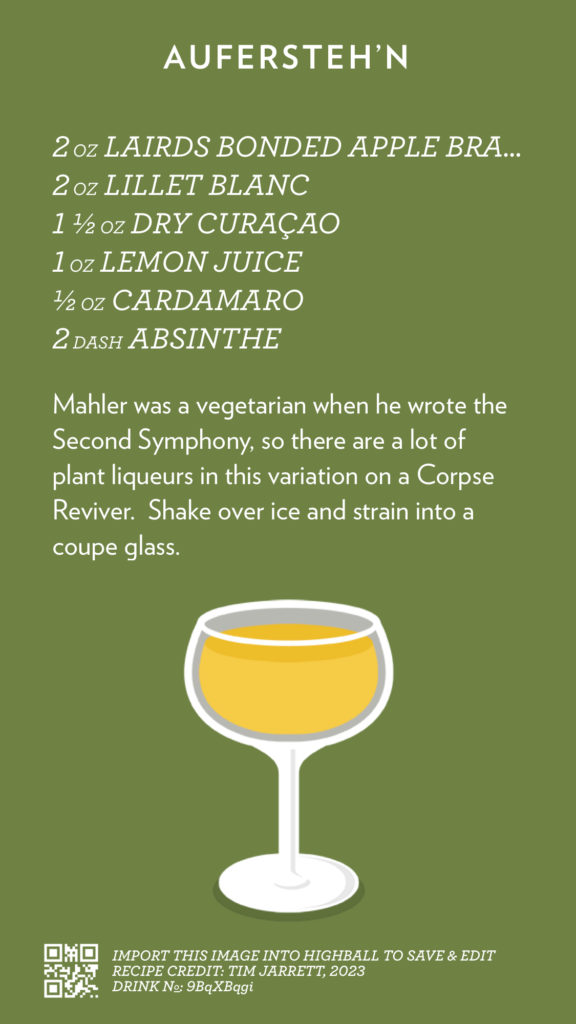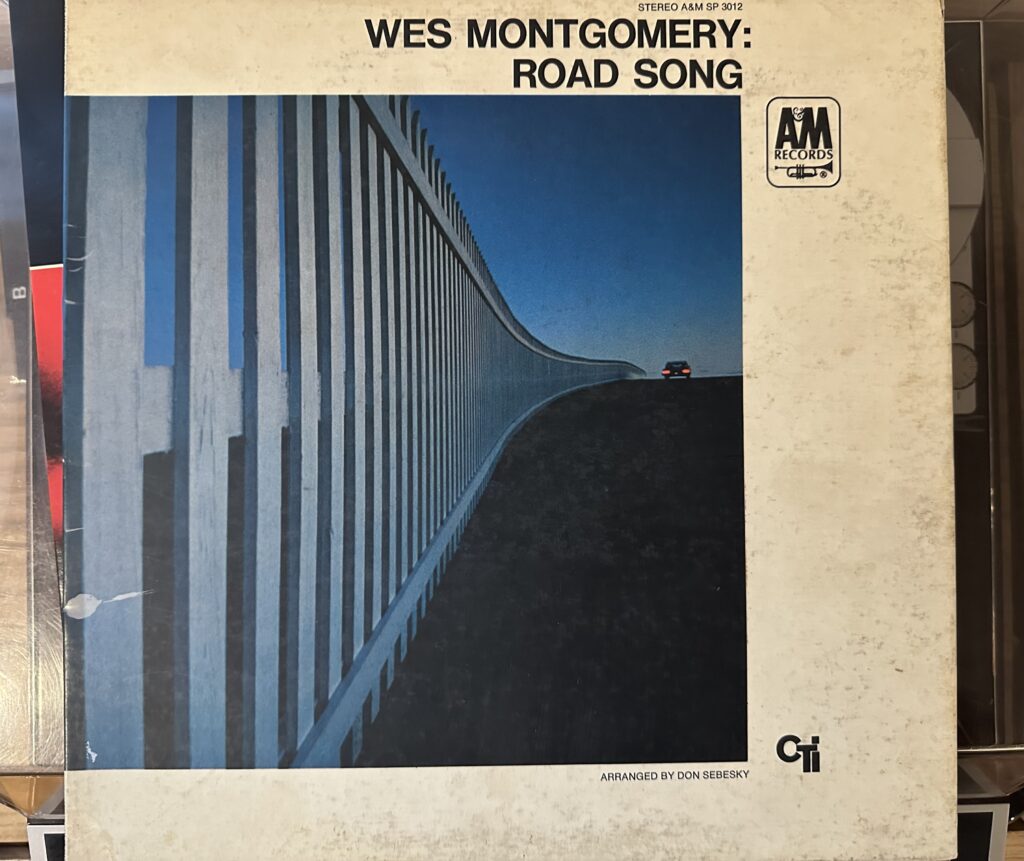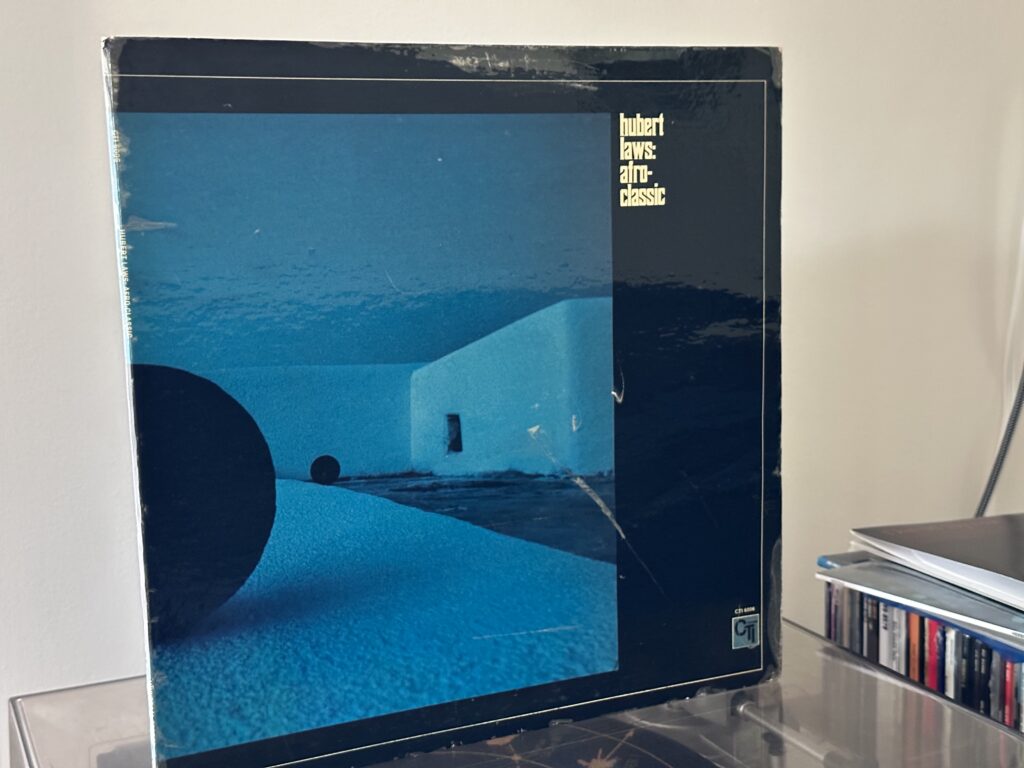
Album of the Week, April 29, 2023
It’s hard to believe, but the four albums we’ve covered so far since the founding of Creed Taylor’s CTI label—Freddie Hubbard’s Red Clay, the Joe Farrell Quartet, and Stanley Turrentine’s Sugar, plus the earlier reviewed Bill Evans Montreux II— were all recorded in 1970. Taylor kept an incredibly busy recording and release schedule with engineer Rudy Van Gelder in the latter’s studies in Englewood Cliffs, New Jersey, and the label’s recordings in the first year were something of a who’s who of the early label. The last recording made in 1970 at Englewood Cliffs introduces another important artist on the CTI roster to this column, though it was actually his second recording for the label, as well as introducing another musical genre to the new label’s tapestry.
Flautist Hubert Laws was, by 1970, one of the most significant proponents of the jazz flute, having appeared on sessions with James Moody, Mongo Santamaria, Kai Winding, Bobby Timmons, Ron Carter, Chick Corea, Paul Desmond, Milt Jackson, and Quincy Jones, as well as on Joe Zawinul’s self-titled masterpiece and Herbie Hancock’s Fat Albert Rotunda. He had recorded his debut as leader, The Laws of Jazz, in 1964 (which we’ll review another time), and his recording Crying Song was the first official release on the CTI label. But his approach to the instrument was still evolving, and Afro-Classic revealed a new facet of Laws’ work, with the introduction of classical music to the recording.
The combination of jazz and classical was not new; Gunther Schuller had introduced the concept in a 1957 lecture that named the combination third stream. True to the concept, Afro-Classic includes pop music treated like classical and jazz, and classical treated like jazz and blues, all wrapped in the now-trademark CTI gatefold cover with a brilliant Pete Turner photo.
The opening track, a cover of James Taylor’s then four-month-old “Fire and Rain,” presents the tune almost as a rondo, with an opening statement that in retrospect anticipates the synth-flute in Peter Gabriel’s “Sledgehammer” and echoes spiritual jazz practice, before Bob James’ electric piano presents the opening verse as a sonata. Ron Carter’s bass and Fred Waits’ drums (with an assist from Airto on percussion) then alter the template again, with a second statement of the melody as a blues groove. It all swirls together into a greasy, funky reverie, before returning to the more sonata-like form of the beginning and fading out on a revisitation of the groove. Don Sebesky is credited with arrangements on the album, but he keeps a light touch throughout.
From this opening, Laws pivots into a more pure classical approach with an arrangement of the Allegro from Bach’s Concerto No. 3 in D (BWV 1054). Except for the use of electric piano, and the addition of Gene Bertoncini’s acoustic guitar, the arrangement is taken straight, with a bassoon added to fill out the arrangement with some of the woodwind parts. The recording would not have been out of place on my childhood classical radio station—or as incidental music for one of the later Charlie Brown TV specials. In fact, I kept thinking about the score to “It’s the Easter Beagle, Charlie Brown,” which supplemented Vince Guaraldi’s iconic compositions with a Bach sonata for the characters in the department store scene.
The “Theme from Love Story” is likewise played “straight” for its opening, the theme—familiar to those who suffered through hours of easy-listening orchestral arrangements in the late 1970s—stated by Laws on the baritone flute. Sebesky’s arrangement is mercifully understated, allowing Laws’ gentle jazz inflections on the chorus to play out in counterpoint with the bassoon and acoustic guitar, before the entrance of Ron Carter’s bass pedal point signals a variation with a gentle Latin groove. The next verse digs deeper into this concept, with Laws and the percussionists creating a swirling minor-key soundscape over the grounding of Ron Carter’s bass and Bob James’ piano, before returning to a recapitulation of the melody. It’s a great example of Laws’ talent for beginning with familiar, unprepossessing melodies and taking them into highly interesting places.
Returning to Bach with “Passacaglia in C Minor” (BWV 582), the opening statement is sketched by Carter’s bass line, then elaborated by James with light accompaniment from the percussion. Laws and James trade the theme back and forth, effectively serving as the right and left hand of the keyboard part, before the ensemble chases the tune down to the tonic. Subsequent verses explore jazz improvisations on the theme, with increasingly strong jazz inflections, before a reverb-heavy flute solo and a grooved-out statement by James—in 6/8 time—take us over the edge into a modal workout. As the piece passes the ten-minute mark, Van Gelder and the musicians find some remarkable new tones, with arco cello, treated electric piano, and reverb-heavy flute noise swirling the melody into something like an exploration of inner space. The recapitulation of the theme is once more taken straight, re-grounding the work in the original composition. It’s a masterful unification of the differing approaches to music on the album into a single artistic statement.
The album concludes with Mozart’s “Flute Sonata in F” (K.13), which—like the Bach Allegro—could be mistaken for a classical recital but for the prominent bass and James’ electric piano. Coming after the phantasmagoria of “Passacaglia,” it’s a cheeky punctuation point on an album that quietly upsets any pre-conceived notions the listener might have regarding the lines of separation between jazz and classical music.
Laws brought a significant new stream of influence to CTI with this record, one that he and other performers on the label would revisit throughout the rest of its run. We’ll hear from Laws, and classical influences again. In the meantime, if you are intrigued by his approach to jazz flute, you might want to check out my Exfiltration Radio show “Flute’n the Blues.”
You can listen to the album here:

